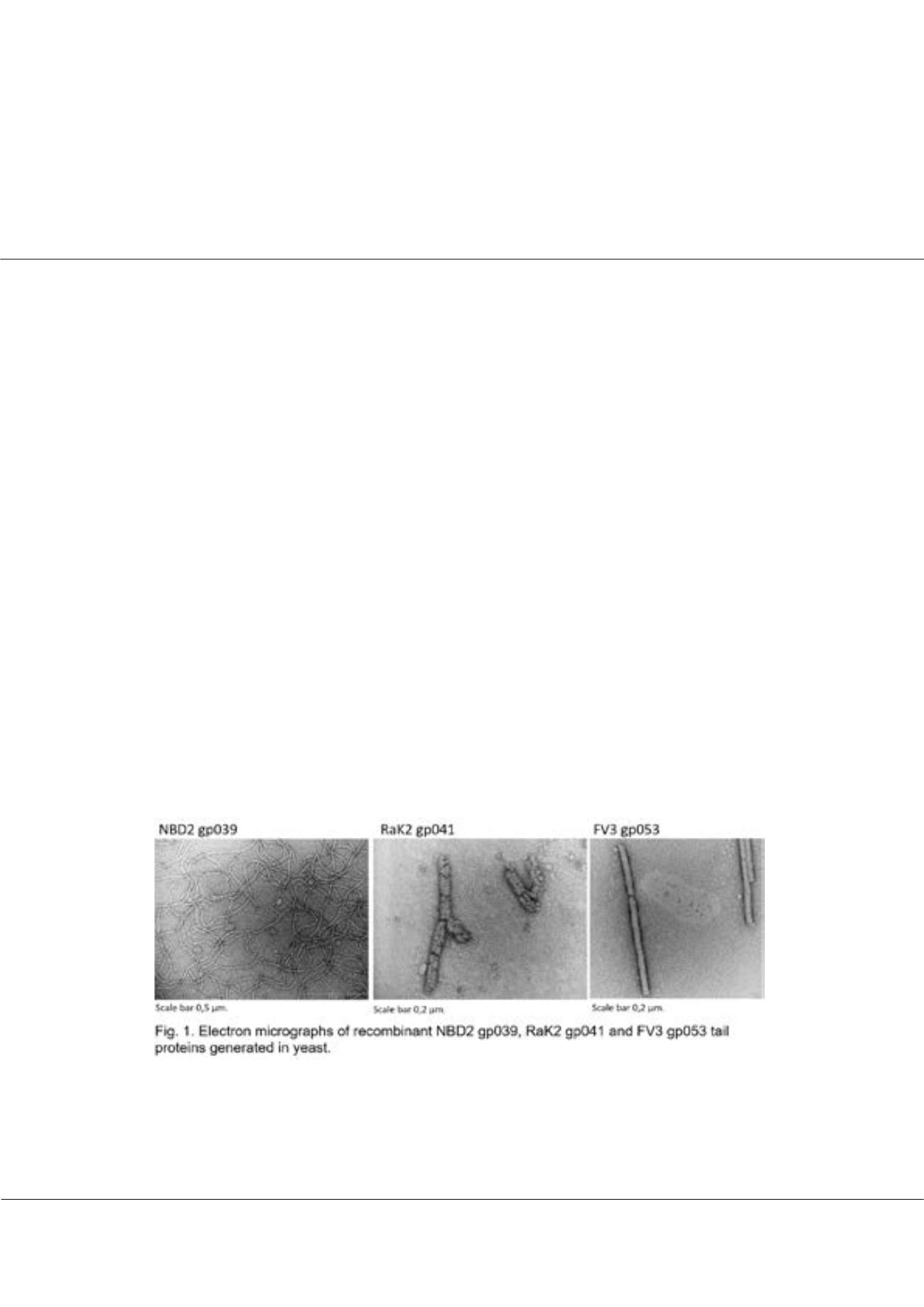

Page 53
conferenceseries
.com
Volume 8
Journal of Biotechnology & Biomaterials
ISSN: 2155-952X
Pharma Biotech 2018
December 10-11, 2018
December 10-11, 2018 | Rome, Italy
23
rd
International Conference on
Pharmaceutical Biotechnology
Synthesis and self-assembly of bacteriophage like particles in yeast: Novel molecular toolboxes
Aliona Špakova, Raminta Batiuškaite, Rasa Petraityte-Burneikiene, Eugenijus Šimoliunas, Lidija Truncaite, Vida Časaite
and
Rolandas Meškys
Vilnius University Life Sciences Center, Lithuania
Statement of the Problem:
Current vaccines against infectious diseases have primarily relied on attenuated or inactivated
pathogens. However, virus like particles (VLP) are used as vaccine platforms which are more favorable for their perfect defined
structures; induction of strong immune response and also suitable for surface decoration by inserted foreign epitopes. While
many icosahedral VLPs are synthesized in bacteria and the disadvantages such as lack of post-translational modifications
are needed for eukaryotic proteins and contamination of purified VLPs with bacterial endotoxins are encountered. While
icosahedral VLP platforms have been studied in detail but rod-shaped VLPs have been mostly forgotten. Until now, there is no
information regarding the generation of tailed bacteriophage nanotubes in yeast.
Aim:
The research aims to generate nanotubes using yeast expressed bacteriophage tail proteins and determine their tolerance
for genetic introduction of foreign epitopes.
Methodology:
DNA sequences coding tail proteins of bacteriophages NBD2, FV3 as well as RaK2 were cloned into yeast
protein expression vectors. Synthesis of phage proteins was confirmed by protein electrophoresis and rod-shaped structures
were analyzed by electron microscopy.
Findings:
Our work has focused on developing an alternative epitope presenting rod-shaped platform which could be used
for biomedical applications. To our knowledge, it is the first attempt to produce bacteriophage originated nanotubes in yeast
cells which determines their tolerance for genetically incorporated foreign epitopes. Yeast protein synthesis system allowed
efficient generation of long and flexible nanotubes originated from NBD2 tailed bacteriophage as well as tubes with different
morphology from RaK2 and FV3 phages.
Conclusion & Significance:
This work intends to show the suitability of yeast protein synthesis system to generate high yields of
nanotubes that originate from tailed bacteriophages. The novel strategy presented here could provide safer vaccine candidates
compared to the VLPs synthesized in bacteria.
Aliona Špakova et al., J Biotechnol Biomater 2018, Volume 8
DOI: 10.4172/2155-952X-C8-109


















